When a man
you think you have never met leaps out of a pick-up and greets you with the
words 'You won't remember me but you interviewed me for a job 17 years ago'
fast comebacks are hard to come by. Guilt is also not very far away. Did the
interview go so badly that I had made an enemy for life? Was this payback?
Fortunately the demeanour of Martin Browne, river keeper for the Services Dry
Fly Fishing Association (SDFFA), on the famous Army water of the River Avon,
suggested otherwise as he warmly shook my hand.
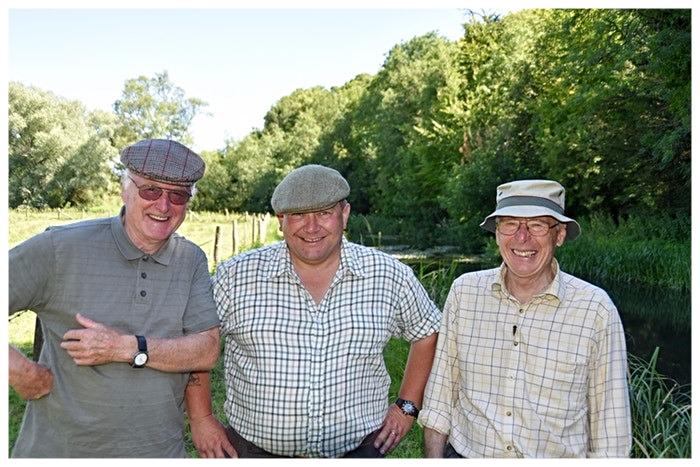 |
|
Tim Sawyer, Martin Browne & Tony Wells
|
Funnily enough, though I
confess I did not immediately recognise Martin in person, his name had rung a
distant bell when I saw it on the cast list for CHALK.
Way back in 2000 he was
working on a fish farm and I was looking for a keeper for Bullington Manor
which I had just taken on with full management at the retirement of the incumbent
keeper. Being a bit tight I reckoned that 2-3 days a week would be enough for a
younger man - oh, I was such an innocent back then. The current keeper Simon
Fields has his work cut out with the full five. So, it turned out that my
part-time job wasn't what Martin needed, which was bad for me as he is clearly
a really good keeper but good for him as there are not many better billets than
Frank Sawyer's famous water.
Of the twenty or so filming
days for CHALK this was one of the few I was determined to attend. I have only
ever stolen glimpses of this part of the Avon from bridges and handy vantage
points. Just to walk the banks of the river that Sawyer stewarded from 1928-80
was enough for me - I didn't need to fish. All I needed to see is what Sawyer
saw. I did, I have and now I am happy.
If that wasn't sufficient we
were also blessed with the company of Frank's only son Tim (he had three
daughters as well) who is retired and at 71 lives on the outskirts of
Salisbury. Tim didn't follow his father into river keepering - not well enough
paid and damn hard work - his words not mine! Instead he went into forestry,
travelling the world before eventually returning close to his birthplace.
I don't want to pre-empt
what we show in CHALK but the interview with Tim Sawyer gave a loving and
fascinating insight into Frank Sawyer, the man most never knew. Tim took us to
the place he caught his first ever fish, perched on the shoulders of his
father, in the shadow of Netheravon church and the self-same spot where Frank
died in 1980.
I have a feeling this may be
one of the centrepieces of the film and a special word of thanks must go to
recently retired SDFFA Vice-President Tony Wells who made the visit happen. It
is a day that fulfilled a lifetime dream which will live with me for a very
long time.
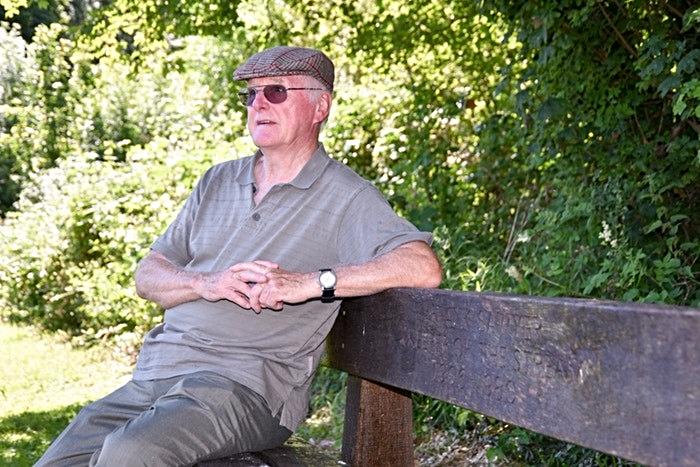 |
Tim Sawyer on the bench
that marks the spot his father died
|
CHALK UPDATE
Well, June was a busy month for the CHALK team, with
Chris and Leo visiting the Rivers Itchen, Frome, Test (thrice) and the Avon
since the last update.
We're
really starting to get into the meat of the project now, interviewing some of
the people with the strongest connections to the chalkstreams, whether they're
river keepers or those with a more personal connection to the history of the
rivers and our sport. But we've also been fortunate enough to host several more
of our guest anglers and contributors, including one of our corporate sponsors.
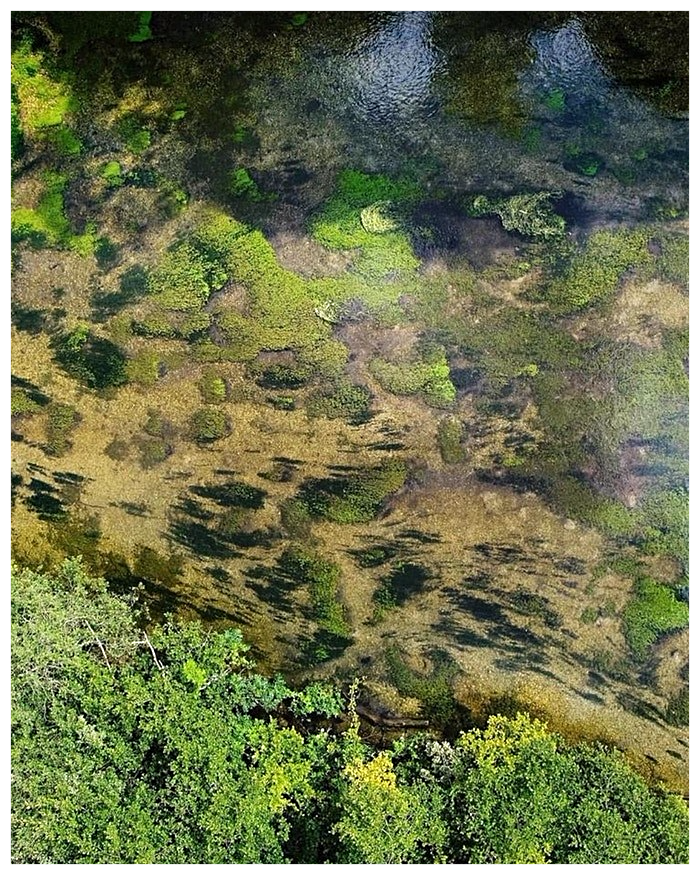 |
River Itchen from the air
|
The
first stop was a private beat of the Itchen with actor and charity fundraiser
James Murray who had kindly offered up a day of fishing on his stretch of river
as a reward for a Kickstarter backer. The person who snaffled this particular
reward was Mark Husson, who was not only blessed with great conditions on the
day, but also benefitted from the guiding skills of Get The Rods Out owner
Simeon Hay's guiding skills. It also happened to be Simeon's birthday, and he
kept up his personal tradition of always catching a birthday trout.
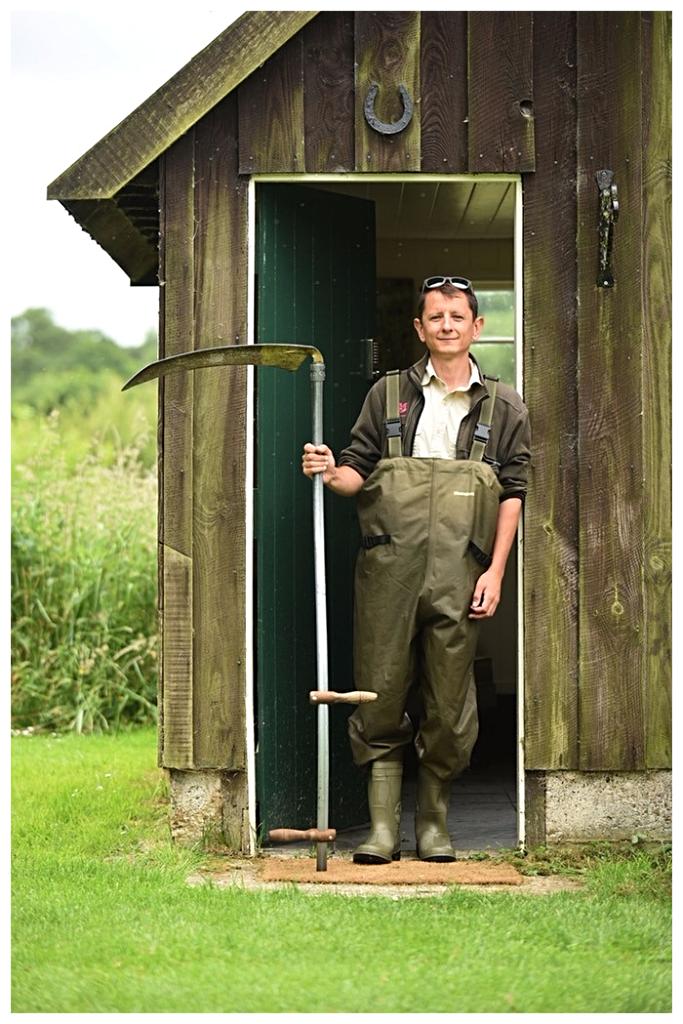 |
|
Neil Swift
|
Next the road show moved on
to Motttisfont Abbey for a short day of filming with the National Trust's river
keeper Neil Swift who has the solemn task of maintaining the very water where
Halford spent his summers - it should make for a fascinating segment. He talked
to us about one of the most important parts of his job, one that's carried out
up and down the chalkstreams, the weed cut; as well telling us about Halford's
time on his patch.
From
the perfectly manicured to the downright wild, the next stop was the Frome in
Dorset where guides Tony King and Ian Pople battled the bushes as well as the
fishes. As with last month's Wandle shoot, we're keen to make sure that we show
the chalkstreams in all their wonderful variety, and not just the pristine posh
bits.
This
was a chance to get to find out how two real chalkstream experts make their
approach to the water, and what it is that makes a professional guide go
fishing on their day off! They talked techniques, watercraft and about the
Frome's legendary big grayling.
After
a much needed break for a week the end of June saw one of the most enjoyable
filming days so far when Chris and Leo headed to the famous Broadlands Estate.
They were joined by guest angler Brian Norman, FishingTV star Rae Borras and,
most excitingly, Imogen and Edward - pupils from Prince's Mead School, which
you may be interested to learn also educated your correspondent's father,
youngest brother and little sister - all supervised by headmistress Penn Kirk.
I'm told that both kids did brilliantly but that Miss Kirk had her work cut out
with keeping Rae under control, much to everyone's delight.
 |
|
Imogen, Jon & Edward
|
Jon Hall, the keeper was on
hand to share his wisdom with the kids and the cameras, as well as to talk
about the importance of entomology to fly fishing, and the history of
Broadlands. It was great to have the next generation of fly fishers involved
and to see the enthusiasm they have for the sport - we think it is in good
hands. The two youngsters were on a mission to land their first ever brown
trout: to find out if they succeeded you'll have to wait for the movie to come
out!
Finally,
the chaps had a real privilege last week when they paid a visit to the Avon in
the company of Team Wychwood anglers Glen Pointon and Steve Cullen for a
masterclass in nymph fishing. The Services Dry Fly Fishing Association, to whom
we are very grateful for allowing us to come and film, controls the particular
water they were fishing, and we were able to meet and speak to the keeper
Martin Browne, and the club's recently retired Vice President Tony Wells, both
mines of fascinating information.
What
I've not said, is that this is what might be called the 'Sawyer Water', and
that we were lucky enough to meet Frank Sawyer's only son Tim, who gave a
moving interview about his family life and memories of his father. We learned
all about Sawyer Senior's work in restoring the Avon, his life as river keeper
and in the media as a journalist and television presenter. To top
it all off we were shown some of the earliest examples of Sawyer's now
ubiquitous Pheasant Tail Nymph, tied by the great man himself - talk about
getting close to history!
And just a little more news
for you all - we have now booked the cinema for the premiere. We will be
sending out proper invitations in the near future to those backers whose reward
includes an invitation to the premiere, but for the time being, pop this in
your diary. Thursday 23 November 2017, The Prince Charles Cinema,
Leicester Square, London. Now, anyone know where to hire a red carpet?

Thanks
to George Browne at FishingTV who posted this update to Kickstarter on
Wednesday and kindly allowed me to reproduce it here.
10 CASTLE STREET
It must be
because the best fishing is in the most out-of-the ways places that I often
struggle to find top notch places for you to stay within handy striking
distance of the rivers. However occasionally a gem pops up.

It is not a name you will
often hear banded about but there is a pocket of southern England that goes by
the not very romantic title of the Cranborne Chase Area of Outstanding Natural
Beauty (AONB) taking in the overlapping boundaries of Wiltshire, Dorset,
Hampshire and Somerset which includes the chalkstreams Allen, Nadder Stour and
Wylye, along with some obscure Avon tributaries.
Hurtling west on the A303
you will probably have passed through this AONB without ever realising it but
turn off the highway and you will find yourself amongst rolling chalk downland
and ancient woodland. Guided by the spires and towers of village churches the
country lanes take you from one sleepy habitation to another, to occasionally
pause your weaving journey on the narrow hump-backed bridges to glimpse the
sparking streams. Time seems to belong elsewhere.
Why has it turned out this
way? Well, I am no socio-economic historian but my best guess is roads. Look at
the map and you will see that Cranborne Chase AONB is bounded by roads with the
exception of the A303 that goes straight through it. In essence that thing we
call progress either went around or through but never stopped. Many might say
that is a bad, and maybe it is most times, but not always.
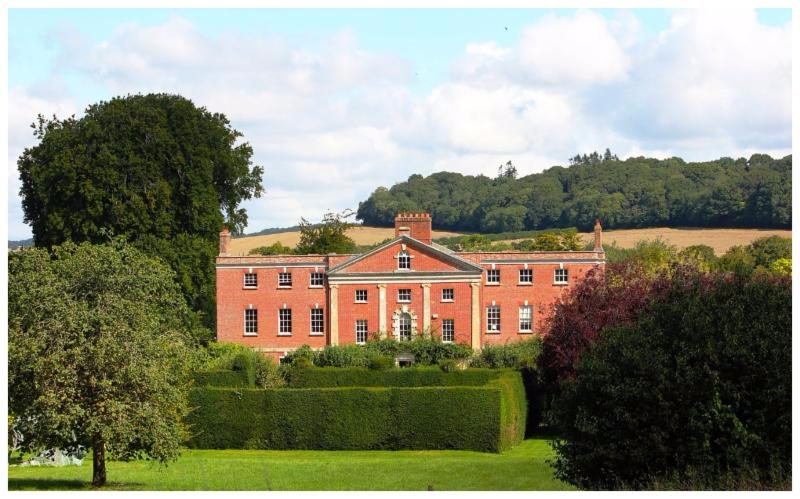 |
|
10 Castle Street
|
So, if you have a chance to
stray from the well driven path follow those lanes to Cranborne, the perfect
guidebook village tourists never find. Two pubs, a village shop, the poshest
garden centre on the planet and the newly opened 10 Castle Street. The
Telegraph described it thus:
" ......a hotel,
restaurant and private members' club combined, Babington and Soho
Farmhouse-style, but on a smaller scale and much more affordable
...... it's great, because it is a hotel that doesn't feel like a
hotel".
I have visited and it really
is gorgeous. If you want somewhere lovely to stay and still have money left for
fishing you will not do better. www.10castlestreet.com
QUIZ

The
theme this week is the UK's 15 National Parks. It is just for fun and the
answers are at the bottom of the page.
1) Which
National Park was listed last week as a UNESCO World Heritage site?
2) Which are the biggest and smallest National Parks
measured by land area?
3) When was the
first National Park designated?
Have
a good weekend.
Best wishes,
Simon Cooper simon@fishingbreaks.co.uk
Founder & Managing Director
Quiz answers:
1) The Lake District (pictured) 2) The Cairngorms is the
biggest and the Norfolk Broads the smallest 3) 1951, a full 20 years
after a government inquiry recommended their creation.
